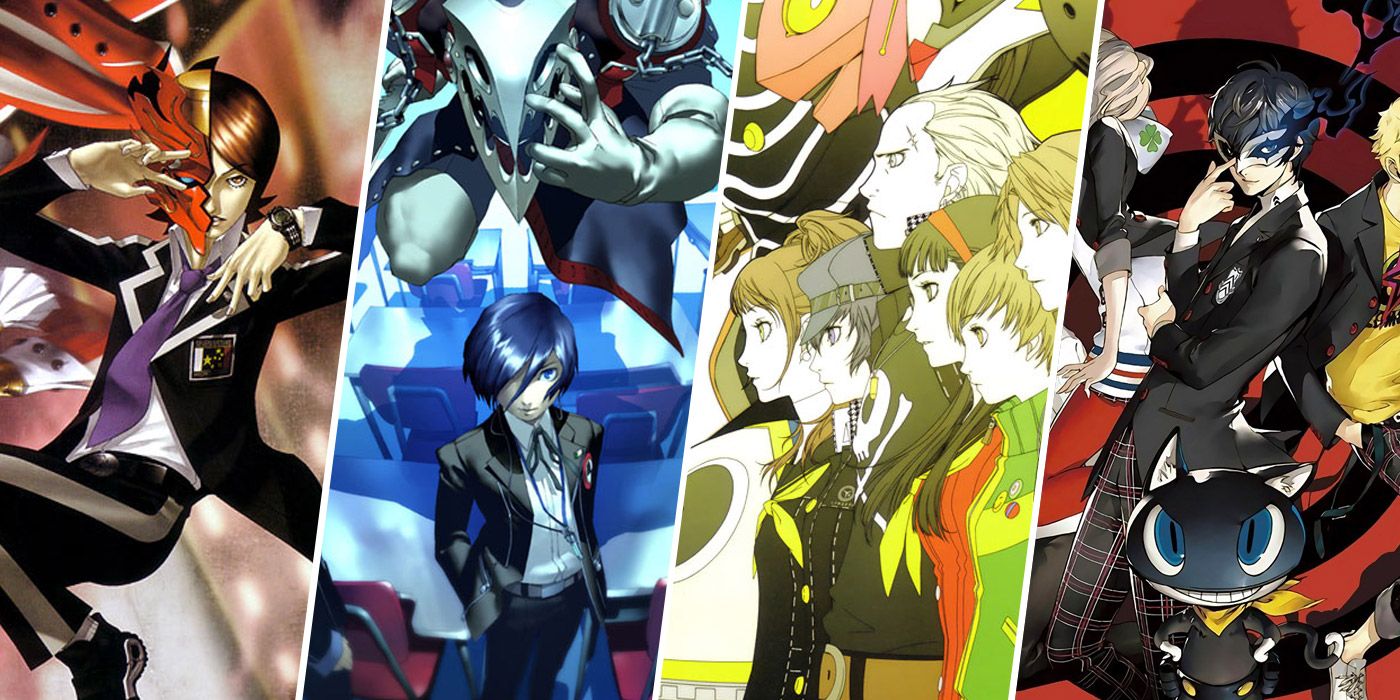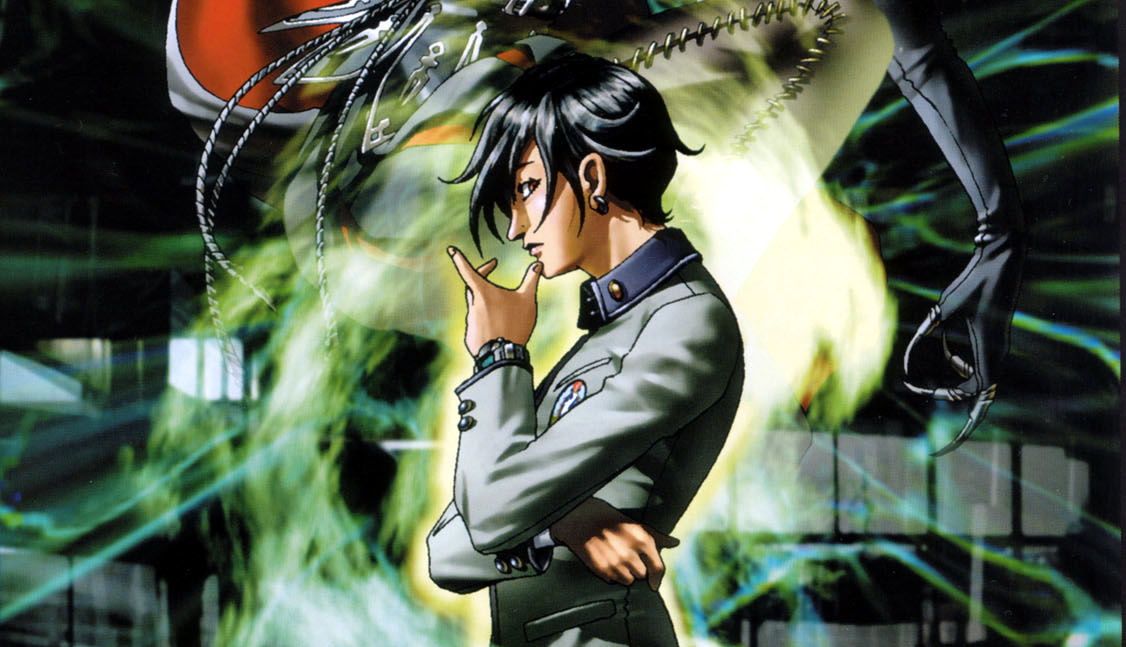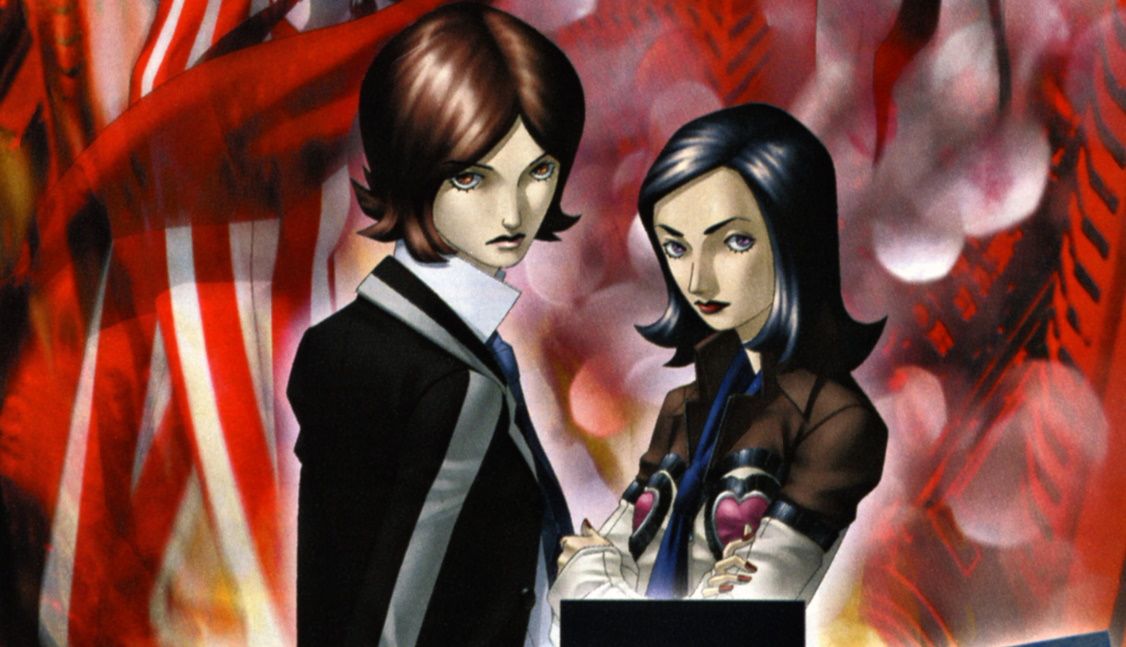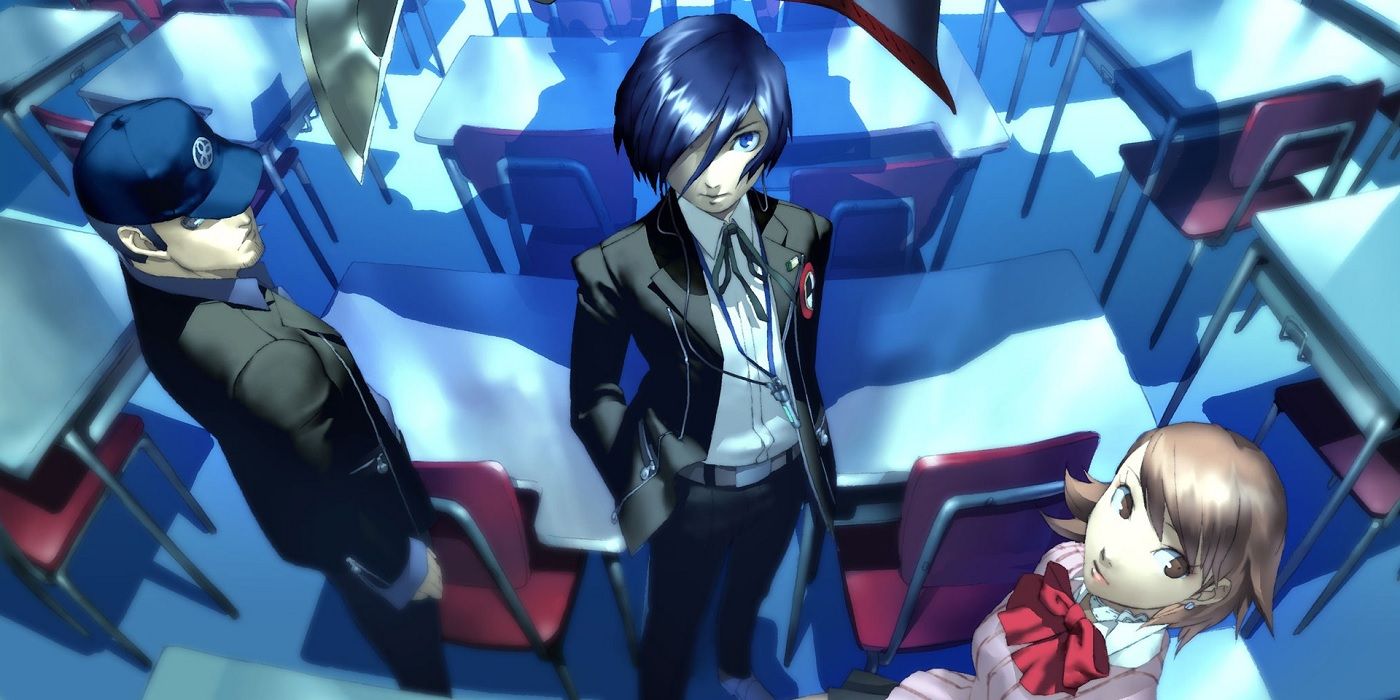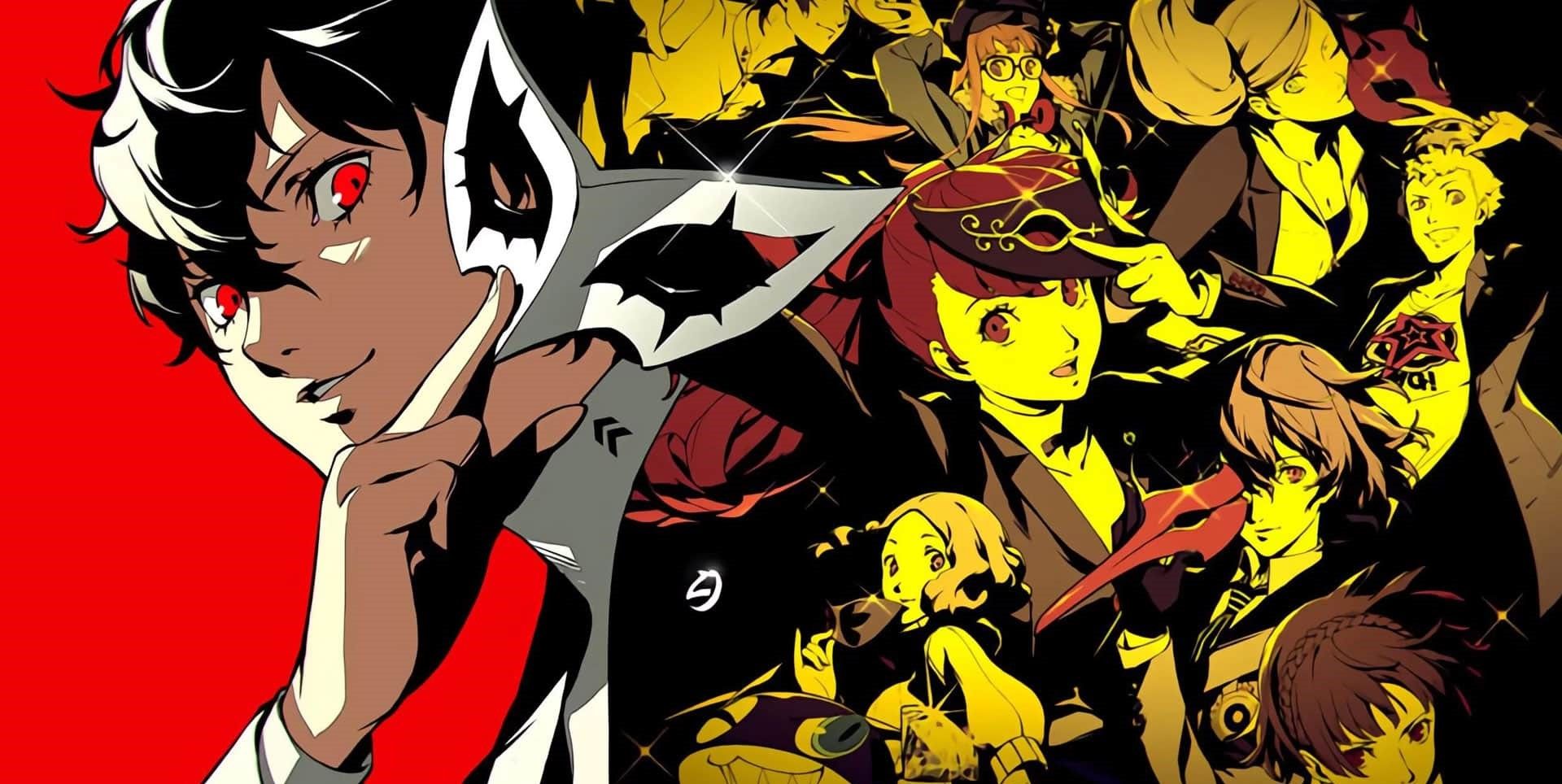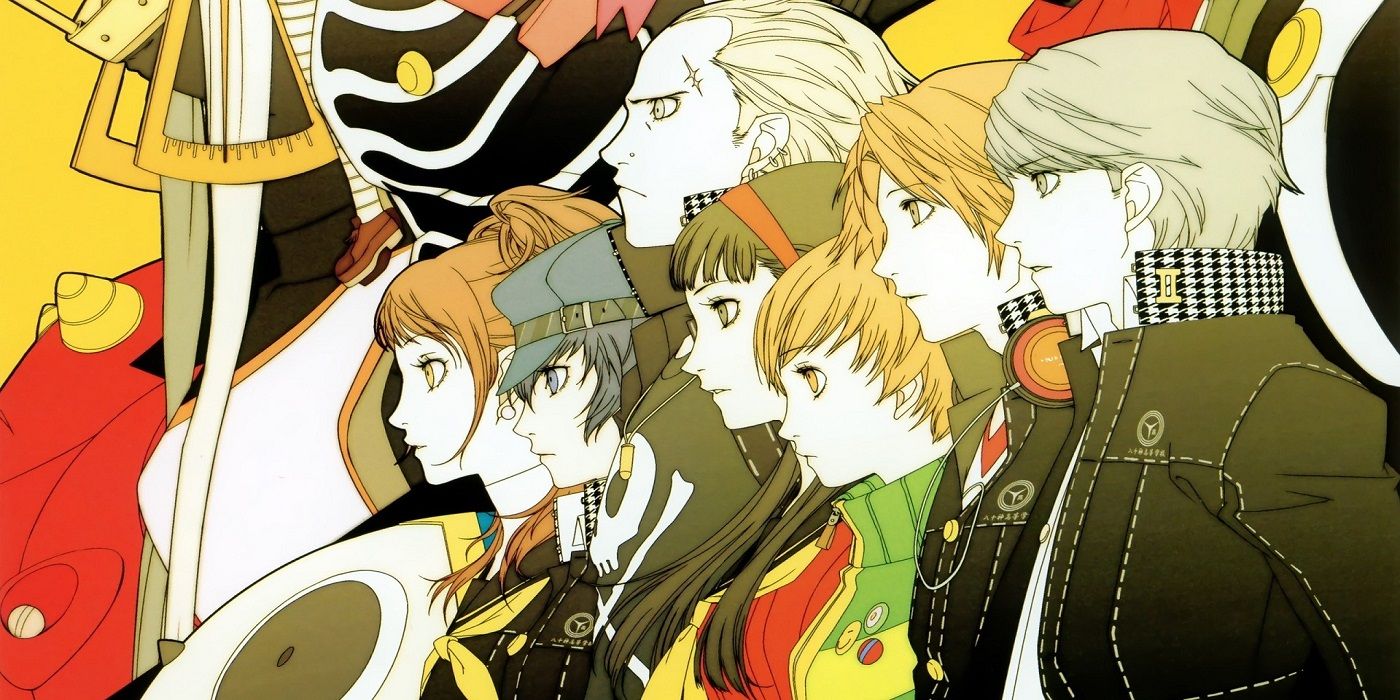JRPGs are known for their grandiose, globe-trotting fantasy adventures, taking players through some of gaming's most iconic worlds. While obviously Japan has been enjoying the genre considerably since the late-eighties, JRPGs eventually saw some worldwide popularity in the mid-to-late nineties with releases like Final Fantasy 7. Comparatively speaking, the Persona series was a late-bloomer for its worldwide popularity. However, when Persona did start gaining traction in the west, the franchise's popularity spiked immensely. Two entries in particular, one of which released just a few years ago, made Persona the massive JRPG franchise that it's become.
The Persona series has grown significantly since its very humble beginnings as a Shin Megami Tensei spin-off. Some of the earliest efforts in the series pale in comparison to what Persona has become, but the modern Persona games have quickly become some of the most beloved games of all time. Persona has since outgrown its Shin Megami Tensei namesake and become its own franchise, and for good reason. The last three Persona games are critically-acclaimed JRPGs adored by players worldwide. It's tough to objectively say which Persona game is the best entry, but here's how every mainline Persona entry stacks up against one another.
D-Tier: Shin Megami Tensei: Persona, A.K.A. Revelations: Persona
Like many long-running JRPG series before it, the first Persona game (also known as Revelations: Persona) is comparatively the worst among its successors. Persona's inaugural effort away from the Shin Megami Tensei series did establish a few thematic elements, but otherwise played like a very traditional JRPG. The first Persona spin-off was initially born from another spin-off (Shin Megami Tensei: If...), but any classic Shin Megami Tensei fan would find this game near-indistinguishable from other SMT entries. The same mostly goes for the PSP remake of the first game (Shin Megami Tensei: Persona) in 2009, though some modern conveniences were added.
Shades of what Persona would become can be found in the first game, but it was still very much closer to a SMT entry. The first Persona game had none of the social simulator aspects/social links, the story was far more obtuse and deliberately disturbing, and the dungeon design is pitifully archaic. Much of Persona's thematic elements, like bright color symbolism or iconic musical themes, these things hadn't become Persona's aesthetic yet. Die-hard fans could maybe enjoy playing through the first Persona game, but none of the modern features that make Persona unique had been implemented yet, so the first game ends up being relatively generic.
C-Tier: The Persona 2 Duology: Innocent Sin, Eternal Punishment
The Persona 2 duology, Persona 2: Innocent Sin and Persona 2: Eternal Punishment, have the exact same issues as the first Persona game. The duology only edges ahead of the first game for having more iconic character designs and was a slightly more ambitious departure from SMT. Of course, ambition doesn't necessarily lend to success either, as the narrative in Persona 2: Innocent Sin is off-putting. Playing through Persona 2: Innocent Sin's first chapter is like living through some kind of fever dream, where players fight a resurrected Hitler and Nazis, alongside cultists hellbent on shepherding in the end of the world.
It's bombastic, but the game at least established how far a Persona game's plot was willing to dive into the supernatural. Eternal Punishment has a bit more grounded murder mystery as its plot, set in an alternate timeline from Innocent Sin. Eternal Punishment also established some of the overarching narrative devices that would reoccur in every Persona game since, like the idea of a "metaverse" and the collective conscience of society.
B-Tier: Persona 3, FES, and Persona 3 Portable
After a few Shin Megami Tensei-adjacent JRPGs laid a very thin foundation, Persona 3 was the first game that truly ushered in the separate franchise as it's known today. Persona 3 was the first game that introduced the social simulator aspects like Social Links, and it also introduced the more streamlined battle system that's closer to a Final Fantasy game than the grid-style turn-based combat of the first two Persona games. The third entry also, arguably, struck the perfect balance between Shin Megami Tensei influence and the unique themes exclusive to Persona. The series would later shed its Shin Megami Tensei label because of Persona 3's innovations.
Persona 3 was when the franchise really came into its own. Considering the third entry saw three different re-releases between 2006 and 2009, it's clear why a lot of fans consider Persona 3 their favorite entry in the series. Persona 4 and Persona 5 wouldn't exist without the efforts made in Persona 3 to define the series as it's known today. Persona 3 is only held back by some of its mechanical choices, which range from questionable to comparatively archaic. The biggest example is the game's decision to strictly relegate party members' actions to AI-only, instead of player-controlled actions. The "tired" condition that prevents further exploration can also be an annoyance.
A-Tier: Persona 5 Royal
The latest Persona game, Persona 5, has largely become the gold standard of the Persona series. Finally dropping the Shin Megami Tensei namesake altogether, this was the game that truly saw Persona's popularity explode worldwide. Everything about Persona 5 is mechanically superior to previous games: the combat system was significantly overhauled to be more engaging, shadow negotiation (a unique battle mechanic from the first two Persona games) returned, alongside the game's now-iconic aesthetic and visual revamp. Where previous games had subtly established Persona's foundation, Persona 5 emphasized everything that made Persona a unique JRPG.
Persona 5 is not only the most approachable game in the series, but it's also an impressive starting point to appreciate past entries in the series as well. Persona 5 Royal in particular (the definitive version of the fifth entry) is one of the best JRPGs ever made altogether, with a 95 Metacritic score to prove it. The only thing that weighs down Persona 5 Royal compared to the last game on this list is its pacing. An average Persona 5 Royal playthrough, with the final semester, is around 130+ hours. That adventure is certainly worth the time commitment, but is still absurdly long for any game. That's the only detractor of Persona 5 Royal that places it in second place.
S-Tier: Persona 4 Golden
As for what arguably is the best game in the series to date, Persona 4 Golden is an incredible JRPG that truly is a must-play for fans of the genre. Everything that makes Persona special is emphasized by Persona 4 Golden: An intriguing and compelling story, a diverse cast of supporting characters with incredible character development, tight dungeon crawling that never overstays its welcome, and a fantastic turn-based battle system. Persona 4 Golden deserves a playthrough, as it's easily the quintessential Persona game in both form and function. Even for players who aren't necessarily JRPG fans, Golden is a truly remarkable game worth the try.
Persona 4 Golden spent much of its lifespan stuck on the now-defunct PlayStation Vita handheld, but now that Golden is available on Steam, tons of new players were able to experience this game for the first time. Discovering the truth behind the mysterious Inaba murders is one of the best tales in JRPGs in general, easily rivaling examples like Chrono Trigger, Final Fantasy 6, or Dragon Quest 8. While Persona 5 has quickly become the most popular Persona game of all time, Persona 4 Golden just barely edges the fifth entry as the best Persona game of all time (so far).

